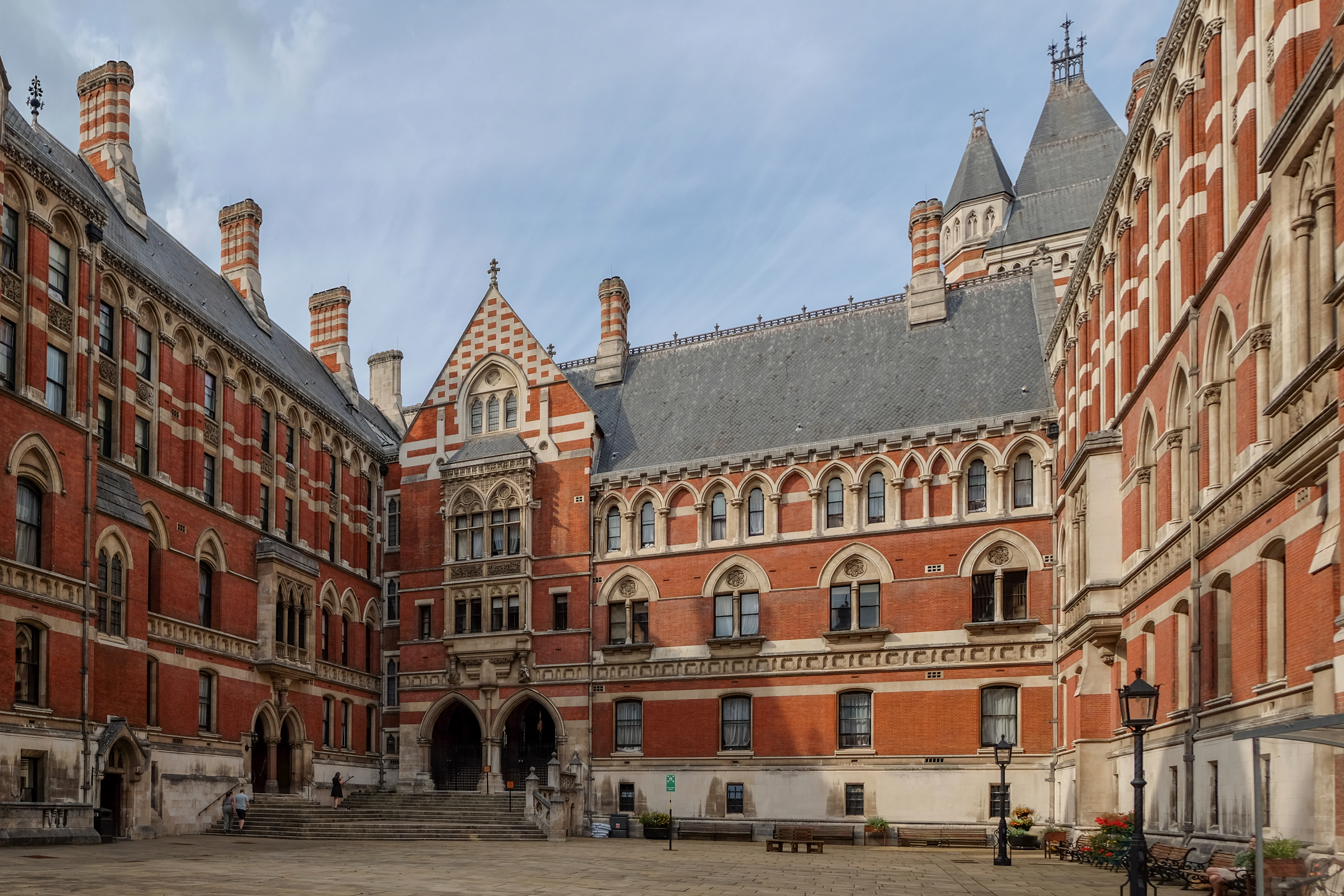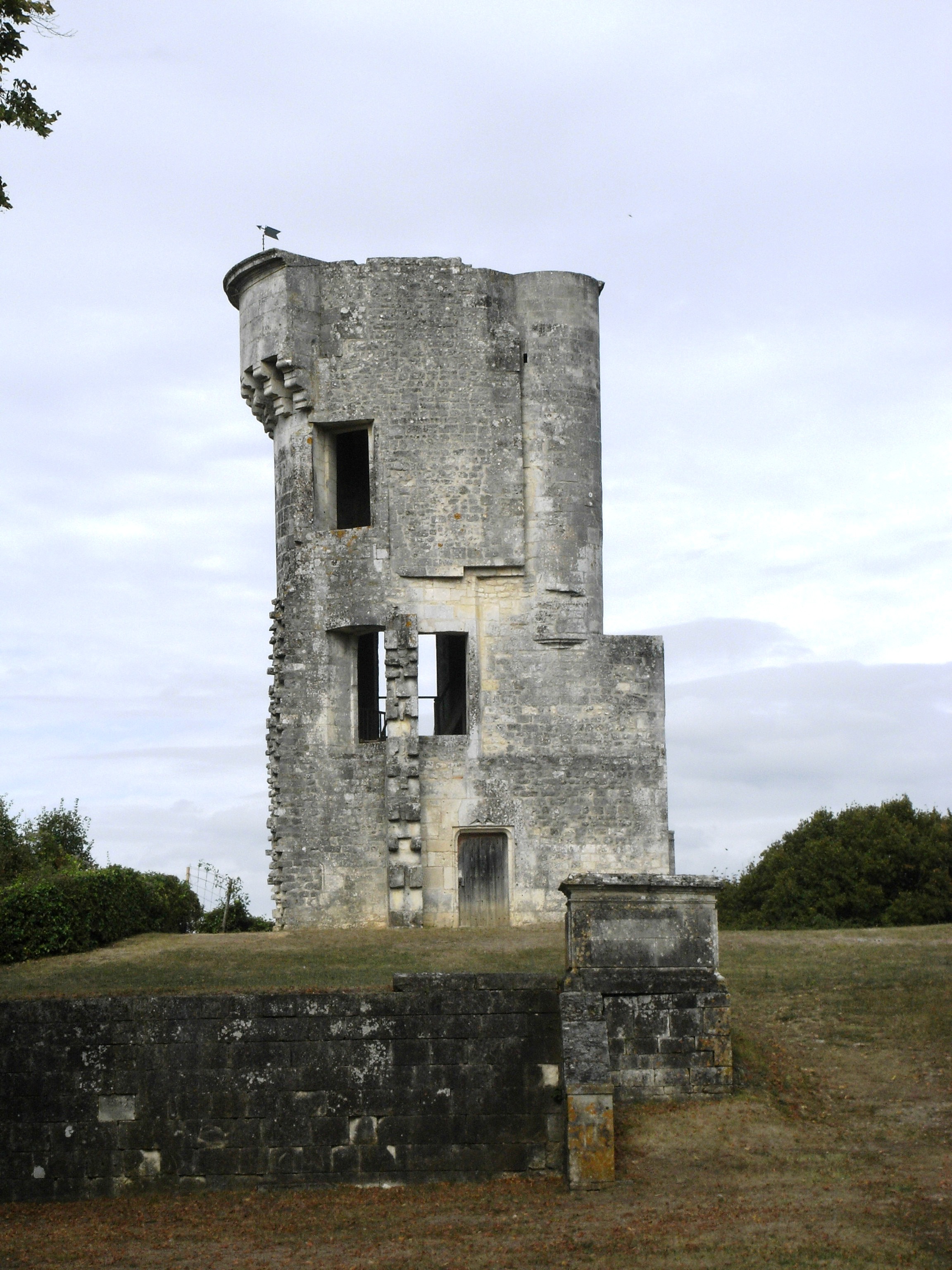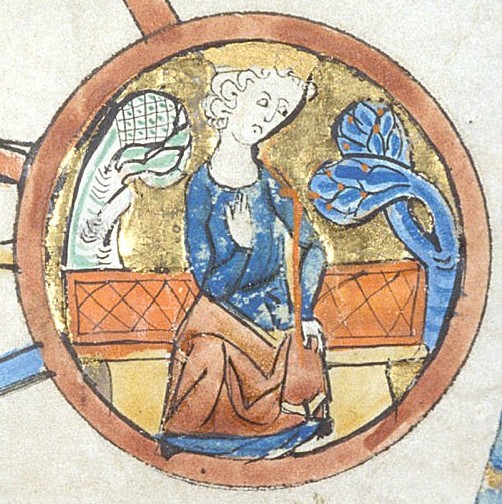|
Murdrum
Murdrum was the crime of murdering someone in a secret manner in medieval English law. Origins It was introduced into Anglo-Saxon law by the Danes. It is distinguished from simple homicide. In the laws of Cnut an unknown man who was killed was presumed to be a Dane, and the vill or tithing was compelled to pay 40 marks for his death. After the Norman Conquest of 1066, the law was revived to protect the Anglo-Normans. The origins of the Norman law are described in the 12th-century Dialogus de Scaccario: In later years, the Anglo-Normans became indistinguishable from the native English. Nevertheless, the murdrum was retained as the most effective law against secret murder (as opposed to open murder that could be handled by the hue and cry) no matter the victim's ethnicity. Exemptions and abolition When King Henry I granted tax liberties to London in 1133, he exempted the city from taxes such as scot, danegeld, and murdrum. [...More Info...] [...Related Items...] OR: [Wikipedia] [Google] [Baidu] |
Anglo-Normans
The Anglo-Normans (, ) were the medieval ruling class in the Kingdom of England following the Norman Conquest. They were primarily a combination of Normans, Bretons, Flemings, French people, Frenchmen, Anglo-Saxons and Celtic Britons. After the conquest the victorious Normans formed a ruling class in England, distinct from (although intermarrying with) the native Anglo-Saxon and Celtic populations. Over time, their language evolved from the continental Old Norman to the distinct Anglo-Norman language. Anglo-Normans quickly established control over all of England, as well as Norman invasion of Wales, parts of Wales (the Cambro-Normans, Welsh-Normans). After 1130, parts of southern and eastern Scotland came under Anglo-Norman rule (the Scoto-Norman, Scots-Normans), in return for their support of David I of Scotland#Government and feudalism, David I's conquest. The Anglo-Norman invasion of Ireland from 1169 saw Anglo-Normans and Cambro-Normans conquer swaths of Ireland, becomi ... [...More Info...] [...Related Items...] OR: [Wikipedia] [Google] [Baidu] |
Frankpledge
Frankpledge was a system of joint suretyship common in England throughout the Early Middle Ages and High Middle Ages. The essential characteristic was the compulsory sharing of responsibility among persons connected in tithings. This unit, under a leader known as the chief-pledge or tithing-man, was then responsible for producing any man of that tithing suspected of a crime. If the man did not appear, the entire group could be fined. While women, clergy, and the richer freemen were exempt, otherwise all men over 12 years of age were organised in the system for mutual surety. Origins The first mention of frankpledge comes in 1114–1118, with the '' Leges Henrici Primi''; but 12th-century figures like William of Malmesbury were keen to link it to pre-Norman times, and to the laws of Canute the Great. Some historians have indeed seen in the Anglo-Saxon frith-borh (literally "peace-pledge") the clear anticipation of frankpledge; others consider the 12th-century commentators ... [...More Info...] [...Related Items...] OR: [Wikipedia] [Google] [Baidu] |
Danegeld
Danegeld (; "Danish tax", literally "Dane yield" or tribute) was a tax raised to pay tribute or Protection racket, protection money to the Viking raiders to save a land from being ravaged. It was called the ''geld'' or ''gafol'' in eleventh-century sources. It was characteristic of royal policy in both England and Francia during the ninth through eleventh centuries, collected both as Tribute, tributary, to buy off the attackers, and as stipendiary, to pay the defensive forces. The term ''Danegeld'' did not appear until the late eleventh century. In History of Anglo-Saxon England, Anglo-Saxon England tribute payments to the Danes was known as ''gafol'' and the levy raised to support the standing army, for the defence of the realm, was known as ''heregeld'' (army-tax). England In England, a Hide (unit), hide was notionally an area of land sufficient to support one family; however their true size and economic value varied enormously. The hide's purpose was as a unit of assessmen ... [...More Info...] [...Related Items...] OR: [Wikipedia] [Google] [Baidu] |
English Law
English law is the common law list of national legal systems, legal system of England and Wales, comprising mainly English criminal law, criminal law and Civil law (common law), civil law, each branch having its own Courts of England and Wales, courts and Procedural law, procedures. The judiciary is judicial independence, independent, and legal principles like Procedural justice, fairness, equality before the law, and the right to a fair trial are foundational to the system. Principal elements Although the common law has, historically, been the foundation and prime source of English law, the most authoritative law is statutory legislation, which comprises Act of Parliament, Acts of Parliament, Statutory Instrument, regulations and by-laws. In the absence of any statutory law, the common law with its principle of ''stare decisis'' forms the residual source of law, based on judicial decisions, custom, and usage. Common law is made by sitting judges who apply both United Kingdom l ... [...More Info...] [...Related Items...] OR: [Wikipedia] [Google] [Baidu] |
Hue And Cry
In common law, a hue and cry is a process by which bystanders are summoned to assist in the apprehension of a criminal who has been witnessed in the act of committing a crime. History By the Statute of Winchester of 1285, 13 Edw. 1. St. 2. c. 4, it was provided that anyone, either a constable or a private citizen, who witnessed a crime shall make hue and cry, and that the hue and cry must be kept up against the fleeing criminal from town to town and from county to county, until the felon is apprehended and delivered to the sheriff. All able-bodied men between the ages of fifteen and sixty, upon hearing the shouts, were obliged to assist in the pursuit of the criminal, which makes it comparable to the '' posse comitatus''. It was moreover provided that "the whole hundred ... shall be answerable" for the theft or robbery committed, in effect a form of collective punishment. Those who raised a hue and cry falsely were themselves guilty of a crime. The hue and cry was utilized ... [...More Info...] [...Related Items...] OR: [Wikipedia] [Google] [Baidu] |
Edward III Of England
Edward III (13 November 1312 – 21 June 1377), also known as Edward of Windsor before his accession, was King of England from January 1327 until his death in 1377. He is noted for his military success and for restoring royal authority after the disastrous and unorthodox reign of his father, Edward II. Edward III transformed the Kingdom of England into one of the most formidable military powers in Europe. His fifty-year reign is List of monarchs in Britain by length of reign#Ten longest-reigning British monarchs, one of the longest in English history, and saw vital developments in legislation and government, in particular the evolution of the English Parliament, as well as the ravages of the Black Death. He outlived his eldest son, Edward the Black Prince, and was succeeded by his grandson, Richard II. Edward was crowned at age fourteen after his father was deposed by his mother, Isabella of France, and her lover, Roger Mortimer, 1st Earl of March, Roger Mortimer. At the age of ... [...More Info...] [...Related Items...] OR: [Wikipedia] [Google] [Baidu] |
Latrocinium
''Latrocinium'' (from Latin ''latro'', "bandit", ultimately from Greek ''latron'', "pay" or "hire") was a war not preceded by a formal declaration of war as understood in Roman law; thus guerrilla warfare conducted against Rome was a form of ''latrocinium''. It is typically translated into English as "banditry" or "brigandage", but in antiquity encompassed a wider range of subversive or anti-authoritarian actions, especially slave rebellions organized under charismatic leaders. In designating acts of violence that have ideological motives instead of or in addition to material gain, the modern distinction between terrorism and war may be a more illuminating comparison for the 21st century. The Greek term was ''leisteia''; Plato and Aristotle regarded banditry as a way of life, like fishing or hunting. Ecclesiastical councils as ''latrocinia'' In ecclesiastical Latin, ''latrocinium'' is a term of abuse for ecumenical councils regarded as renegade or subversive of canon law, especiall ... [...More Info...] [...Related Items...] OR: [Wikipedia] [Google] [Baidu] |
Knights Templar
The Poor Fellow-Soldiers of Christ and of the Temple of Solomon, mainly known as the Knights Templar, was a Military order (religious society), military order of the Catholic Church, Catholic faith, and one of the most important military orders in Western Christianity. They were founded in 1118 to defend pilgrims on their way to Jerusalem, with their headquarters located there on the Temple Mount, and existed for nearly two centuries during the Middle Ages. Officially endorsed by the Catholic Church by such decrees as the papal bull ''Omne datum optimum'' of Pope Innocent II, the Templars became a favoured charity throughout Christendom and grew rapidly in membership and power. The Templar knights, in their distinctive white mantle (monastic vesture), mantles with a red Christian cross, cross, were among the most skilled fighting units of the Crusades. They were prominent in Christian finance; non-combatant members of the order, who made up as much as 90% of their members, ma ... [...More Info...] [...Related Items...] OR: [Wikipedia] [Google] [Baidu] |
Richard I Of England
Richard I (8 September 1157 – 6 April 1199), known as Richard the Lionheart or Richard Cœur de Lion () because of his reputation as a great military leader and warrior, was King of England from 1189 until his death in 1199. He also ruled as Duke of Normandy, Duke of Aquitaine, Aquitaine, and Duchy of Gascony, Gascony; Lord of Cyprus in the Middle Ages, Cyprus; Count of Poitiers, Counts and dukes of Anjou, Anjou, Count of Maine, Maine, and Count of Nantes, Nantes; and was overlord of Brittany at various times during the same period. He was the third of five sons of Henry II of England and Eleanor of Aquitaine and was therefore not expected to become king, but his two elder brothers predeceased their father. By the age of 16, Richard had taken command of his own army, putting down rebellions in Poitou against his father. Richard was an important Christian commander during the Third Crusade, leading the campaign after the departure of Philip II of France and achieving sev ... [...More Info...] [...Related Items...] OR: [Wikipedia] [Google] [Baidu] |
Scot And Lot
Scot and lot is a phrase common in the records of English, Welsh and Irish medieval boroughs, referring to local rights and obligations. The term ''scot'' comes from the Old English word '' sceat'', an ordinary coin in Anglo-Saxon times, equivalent to the later penny. In Anglo-Saxon times, a payment was levied locally to cover the cost of establishing drainage, and embankments, of low-lying land, and observing them to ensure they remain secure. This payment was typically a sceat, so the levy itself gradually came to be called ''sceat''. In burghs, ''sceat'' was levied to cover maintenance of the town walls and defences. In Norman times, under the influence of the word ''escot'', in Old French, the vowel changed, and the term became ''scot''. In 19th century Kent and Sussex, low-lying farmland was still being called scot-land. ''Scot'', though, gradually became a general term for local levies; a person who was not liable for the levy, but received its benefits, ''got off ' s ... [...More Info...] [...Related Items...] OR: [Wikipedia] [Google] [Baidu] |
Henry I Of England
Henry I ( – 1 December 1135), also known as Henry Beauclerc, was King of England from 1100 to his death in 1135. He was the fourth son of William the Conqueror and was educated in Latin and the liberal arts. On William's death in 1087, Henry's elder brothers Robert Curthose and William Rufus inherited Duchy of Normandy, Normandy and England, respectively; Henry was left landless. He purchased the County of Cotentin in western Normandy from Robert, but his brothers deposed him in 1091. He gradually rebuilt his power base in the Cotentin and allied himself with William Rufus against Robert. Present in England with his brother William when William died in a hunting accident, Henry seized the English throne, promising at his coronation to correct many of William's less popular policies. He married Matilda of Scotland and they had two surviving children, Empress Matilda and William Adelin; he also had many illegitimate children by his numerous mistresses. Robert, who invaded from ... [...More Info...] [...Related Items...] OR: [Wikipedia] [Google] [Baidu] |




